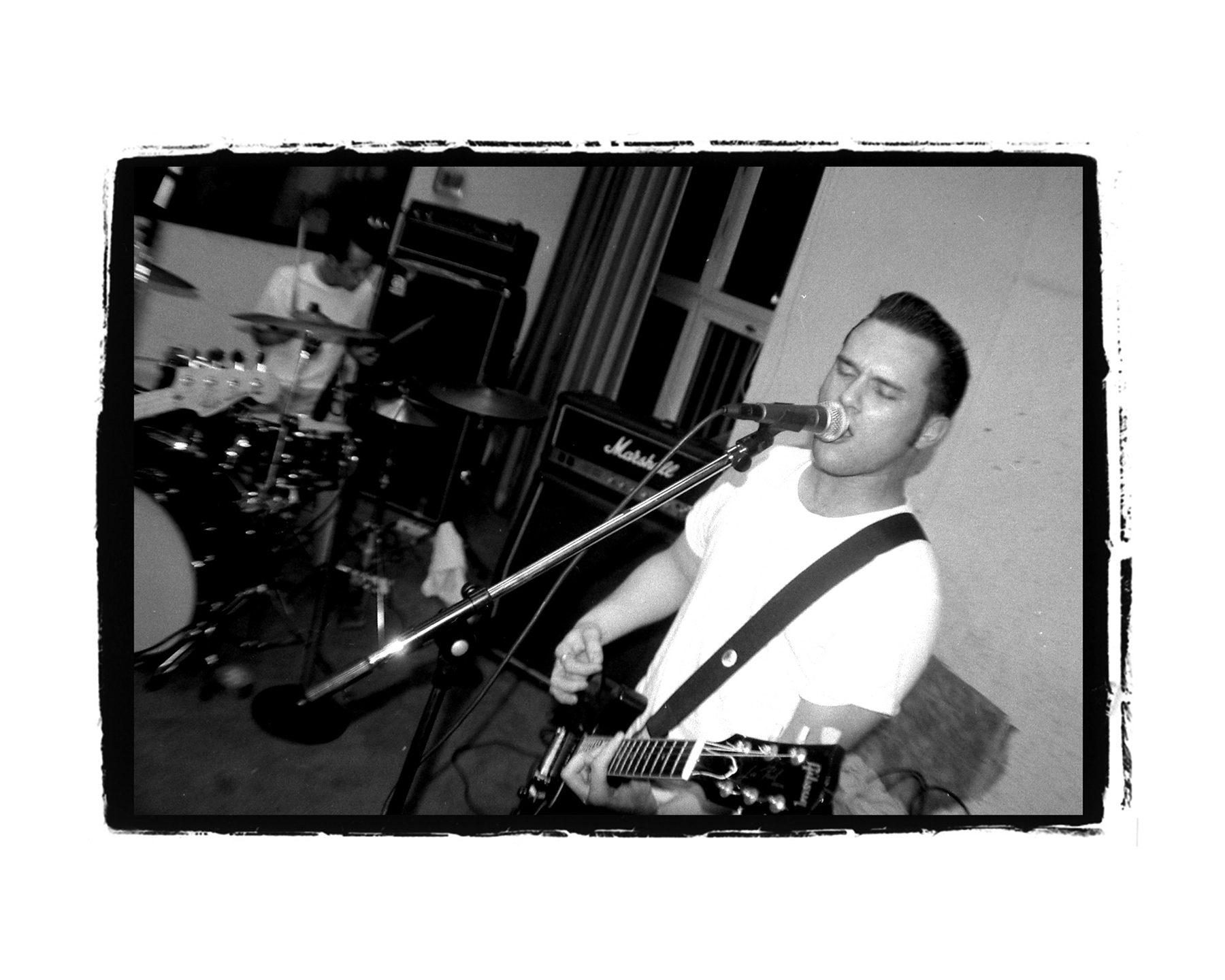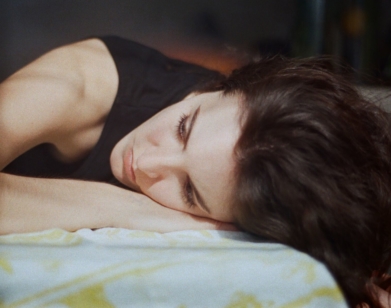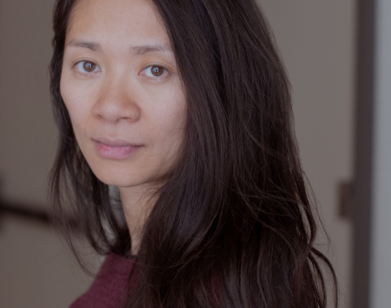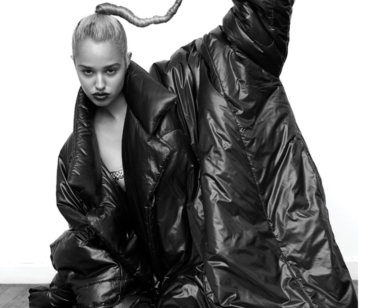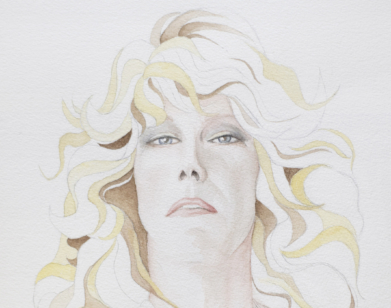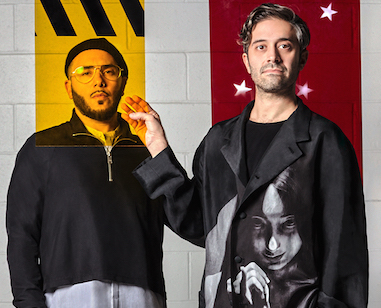The secret history of emo music
Some 30 years after emerging out of the Washington D.C. punk scene—where the term was hurled as an insult at hardcore bands—emo music is still, at times, misunderstood and even maligned. Part of the reason is that the genre—while known for its expressive, confessional, and, yes, oftentimes sad lyrics—has resisted hard-and-fast definition. It has been a porous, accommodating genre: Throughout the ‘90s it blended elements of indie rock; in the 2000s, it found mainstream footing and took a turn to pop punk and screamo. In his authoritative new book, Anthology of Emo, DJ and longtime music industry exec Tom Mullen gathers together six years of interviews with the original heavy hitters of emo—bands like The Get Up Kids, The Promise Ring, and Dashboard Confessional—to form a picture of the genre that extends far beyond guyliner and heartbreak. As Andrew Sacher of Brooklyn Vegan writes in the book’s foreword, the genre’s roots are a lot more knotty and interesting than that. —MATT MULLEN
Emo hit its mainstream peak in the mid-2000s, but the genre’s roots date back to about two decades before that. The most commonly agreed-upon birthplace and time of emo is the mid-80s DC hardcore scene. Then short for “emotional hardcore,” emo was used to describe hardcore bands who wanted to introduce longer song structures, dynamic shifts, and personal lyrics to their sound. Bands like Rites of Spring and Embrace were only around for a couple of years, but they wrote the blueprint for the genre and they’re still influencing new bands today.
Rites of Spring and Embrace’s vocalists Guy Picciotto and Ian MacKaye (also formerly of Minor Threat) went on to form Fugazi. Fugazi themselves weren’t emo, but you can be sure the musicians interviewed for this book were all listening to 13 Songs, Repeater, and Steady Diet of Nothing when they formed their bands. Those bands—including but not limited to Cap’n Jazz, American Football, Joan of Arc, The Promise Ring, Texas Is the Reason, The Van Pelt, Rainer Maria, The Get Up Kids, Christie Front Drive, Knapsack, Mineral, Further Seems Forever, and Dashboard Confessional—shaped emo as we now know it in the 1990s, along with Sunny Day Real Estate, Jimmy Eat World, Braid, and a handful of others. As bands like Orchid and Saetia took emo’s hardcore roots in a more aggressive direction known as screamo (and later “skramz,” to differentiate these bands from 2000s pop-screamo acts like The Used), the bands in this book explored a softer side more in line with the indie rock of the time. 1990s indie rock bands like Sugar, Sebadoh, and Superchunk had come from punk and hardcore just as literally as these emo bands had, and the differences in sound were often minor.
Just within the selection of bands in this book, it’s clear how diverse in sound this wave of emo was, and how it was coming from all over. This wave is often called “Midwest emo,” but that’s not exactly accurate. Texas Is the Reason and The Van Pelt were from New York, Knapsack were from California, Further Seems Forever and Dashboard Confessional were from Florida, Mineral were from Austin. As far as sound went, Mineral shared roots with post-rock and slowcore. Knapsack and Texas Is the Reason were close to their punk roots, while American Football were only punk in spirit—they would sooner tell you they were listening to Steve Reich than Steve Albini. The Promise Ring crossed over with power pop, The Get Up Kids with pop punk, and Cap’n Jazz with math rock. The Van Pelt used clean guitar and spoken word borrowed from bands like Slint. Other bands of the time like Sunny Day Real Estate hailed from Seattle and weren’t entirely removed from that city’s grunge scene. Jimmy Eat World were from Arizona and by 1999’s classic Clarity they had a sound that mixed emo with U2. The emo scene was also quick to champion sounds that other scenes left in the dust. When the punks turned their backs on Jawbreaker after the release of their major label debut Dear You, emo kids embraced it. When the mainstream rock world ditched Weezer after they released the dark, challenging Pinkerton, the emo kids embraced that too.
So, if emo didn’t have a unifying sound or location, what exactly makes all of these bands emo? It’s a question that remains unanswered, but the one thing that all of these bands do share is the passion. Remember, “emo” is short for “emotional,” but that doesn’t have to mean bitter angst directed at exes. The mainstream emo boom in the 2000s may have focused heavily on polished pop punk and lyrics by angry ex-boyfriends, but the wave of emo covered in this book only rarely crossed into that territory. These bands display their passion in other ways, whether it’s passion for musical ambition, passion for the underground, or just trying to remember all their teenage feelings. With the emo revival that began in the late 2000s, a whole new wave of bands came along as something of a corrective, saying that the bands in this book are the bands they looked up to, not Fall Out Boy. The first volume of the Anthology of Emo aims to document a group of influential bands from an important moment in history, and present them as seriously as they deserve to be taken. —ANDREW SACHER
ANTHOLOGY OF EMO (VOLUME 1) IS OUT NOW.

